Health and Hygiene Awareness
The Hammam Market is experiencing a shift driven by heightened health and hygiene awareness among consumers. As individuals become more conscious of personal hygiene and wellness, the demand for services offered by hammams is likely to increase. The industry is adapting by emphasizing cleanliness and safety protocols, which may enhance consumer confidence. Recent surveys indicate that 65% of consumers prioritize hygiene when selecting wellness services, suggesting that the Hammam Market must align with these expectations. This focus on health not only attracts new customers but also encourages repeat visits, as individuals seek out environments that promote both relaxation and cleanliness. The industry's ability to adapt to these changing consumer preferences could be a key driver of growth.
Innovative Service Offerings
The Hammam Market is witnessing a transformation through innovative service offerings that cater to evolving consumer preferences. Establishments are diversifying their menus to include modern treatments alongside traditional hammam experiences. This includes the introduction of aromatherapy, herbal infusions, and personalized wellness packages. Data indicates that 40% of consumers are interested in unique spa experiences that combine traditional and contemporary practices. By embracing innovation, the Hammam Market can attract a broader audience, including younger demographics who may seek novel wellness experiences. This trend not only enhances customer satisfaction but also positions hammams as versatile wellness destinations, potentially increasing revenue streams and market share.
Cultural Heritage and Tourism
The Hammam Market is significantly influenced by the intersection of cultural heritage and tourism. Many regions with rich historical backgrounds, such as the Middle East and North Africa, are witnessing a resurgence in interest in traditional hammams. These establishments not only serve as places for relaxation but also as cultural landmarks that attract tourists. Data suggests that heritage tourism is on the rise, with travelers increasingly seeking authentic local experiences. The Hammam Market stands to benefit from this trend, as visitors often seek out hammams to immerse themselves in local customs and practices. This cultural appreciation may lead to increased investments in the industry, enhancing the overall experience and preserving traditional practices for future generations.
Sustainability and Eco-Friendly Practices
The Hammam Market is increasingly aligning with sustainability and eco-friendly practices, responding to consumer demand for environmentally responsible services. Many establishments are adopting green initiatives, such as using organic products, reducing water consumption, and implementing energy-efficient systems. Recent studies show that 70% of consumers prefer businesses that demonstrate a commitment to sustainability. This trend presents an opportunity for the Hammam Market to differentiate itself in a competitive landscape. By promoting eco-friendly practices, hammams can attract environmentally conscious consumers, thereby enhancing their brand image and loyalty. The integration of sustainability into the core operations of hammams may not only contribute to environmental preservation but also drive growth in a market that values ethical consumption.
Rising Demand for Traditional Wellness Practices
The Hammam Market experiences a notable increase in demand for traditional wellness practices. Consumers are increasingly seeking authentic experiences that promote relaxation and rejuvenation. This trend is particularly evident in urban areas where stress levels are high. According to recent data, the wellness tourism sector, which includes hammams, is projected to grow at a compound annual growth rate of 7.5% over the next five years. This growth indicates a shift towards holistic health approaches, where the Hammam Market plays a pivotal role in providing therapeutic benefits through steam baths and body treatments. As more individuals prioritize mental and physical well-being, the industry is likely to expand, catering to a diverse clientele that values cultural heritage and wellness rituals.


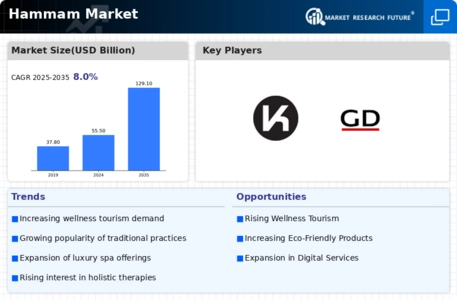
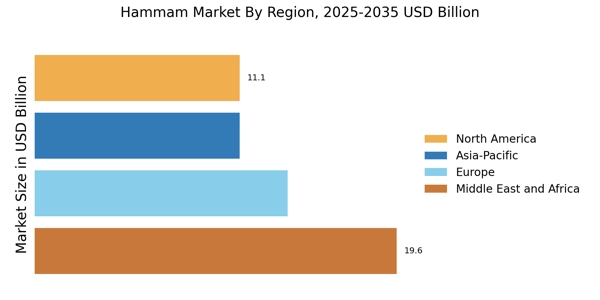

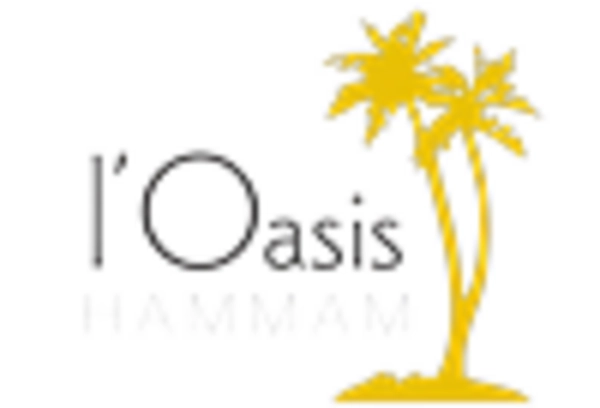
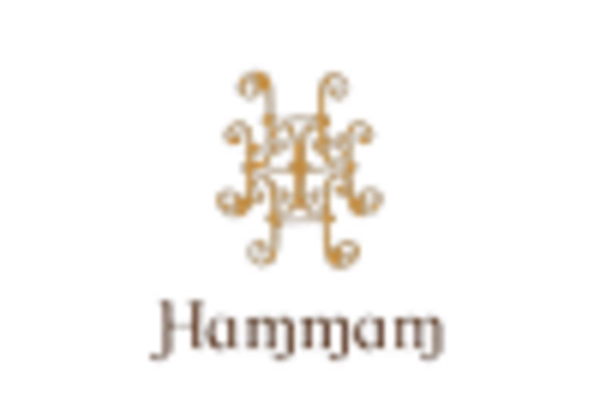
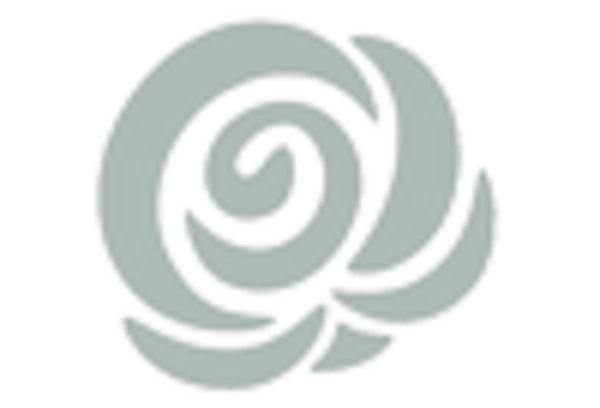
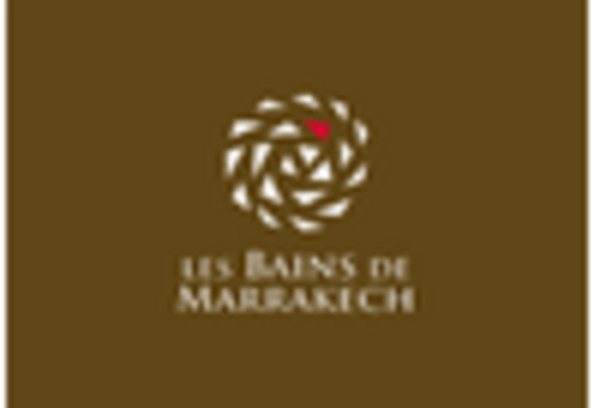
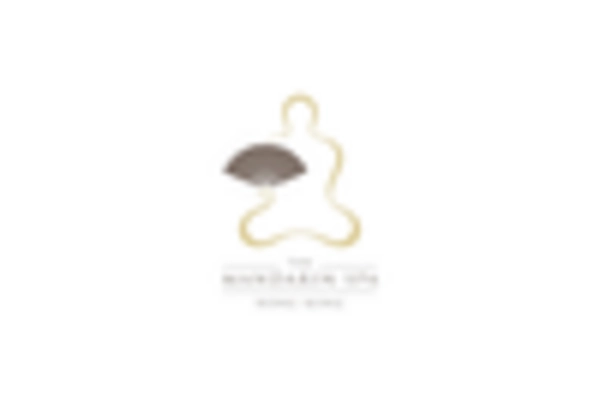








Leave a Comment